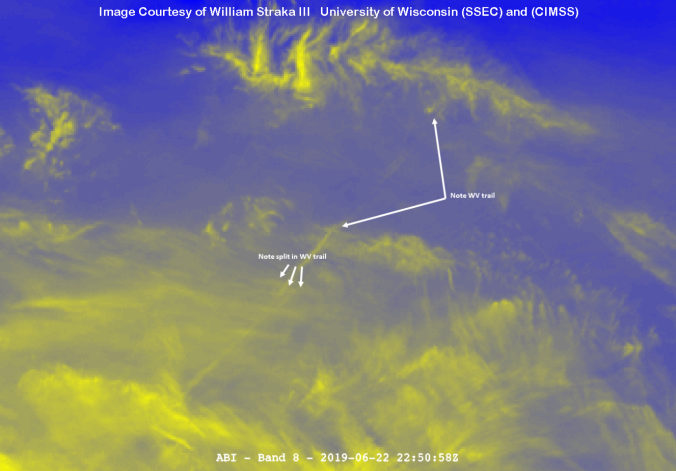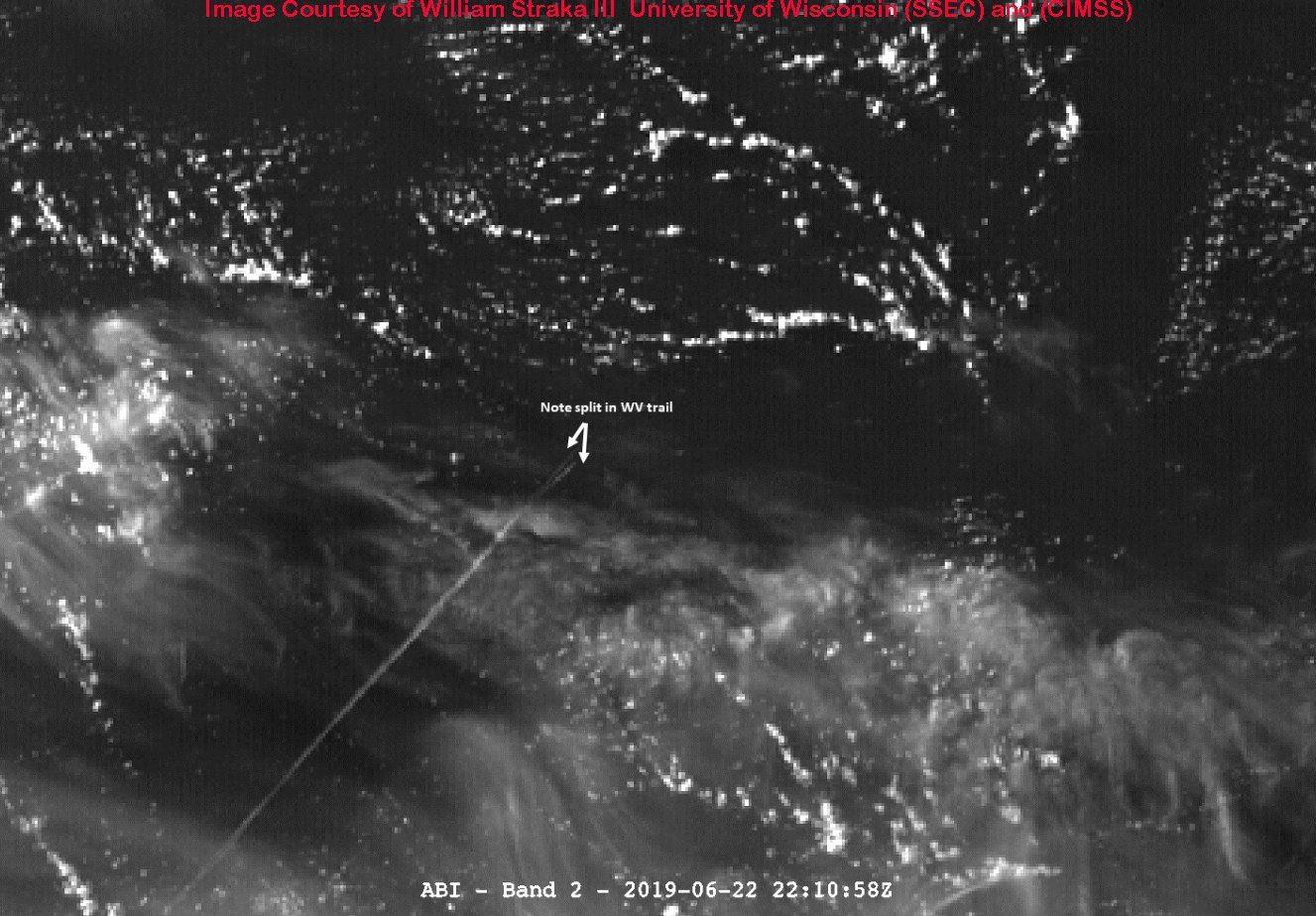OF THE
TIMES
I've had enough of someone else's propaganda. I'm for truth, no matter who tells it. I'm for justice, no matter who it's for or against. I'm a human being first and foremost, and as such I am for whoever and whatever benefits humanity as a whole.
A $20,000 reward but no ballistics information released. In the very least they could tell us what caliber was used.
Tucker Carlson has nothing to worry about because he is a product of the intell agencies. He’s spent his entire career from MSNBC to Fox to the...
Yet another elephant in the room — tuckers first big interview out of the gate so to speak, was with pedi bros Tate. Super soft questions, like...
My wife was reading about Edgar Cayce's work many years ago. I was struck by his prediction that Russia would emerge as the savior of the world,...
Parents! Parents! Parents! Parents!
To submit an article for publication, see our Submission Guidelines
Reader comments do not necessarily reflect the views of the volunteers, editors, and directors of SOTT.net or the Quantum Future Group.
Some icons on this site were created by: Afterglow, Aha-Soft, AntialiasFactory, artdesigner.lv, Artura, DailyOverview, Everaldo, GraphicsFuel, IconFactory, Iconka, IconShock, Icons-Land, i-love-icons, KDE-look.org, Klukeart, mugenb16, Map Icons Collection, PetshopBoxStudio, VisualPharm, wbeiruti, WebIconset
Powered by PikaJS 🐁 and In·Site
Original content © 2002-2024 by Sott.net/Signs of the Times. See: FAIR USE NOTICE



They do not randomly increase in frequency, there has to be a causation.
A much larger inbound planet, with it's entourage of Comets and meteors, perhaps.